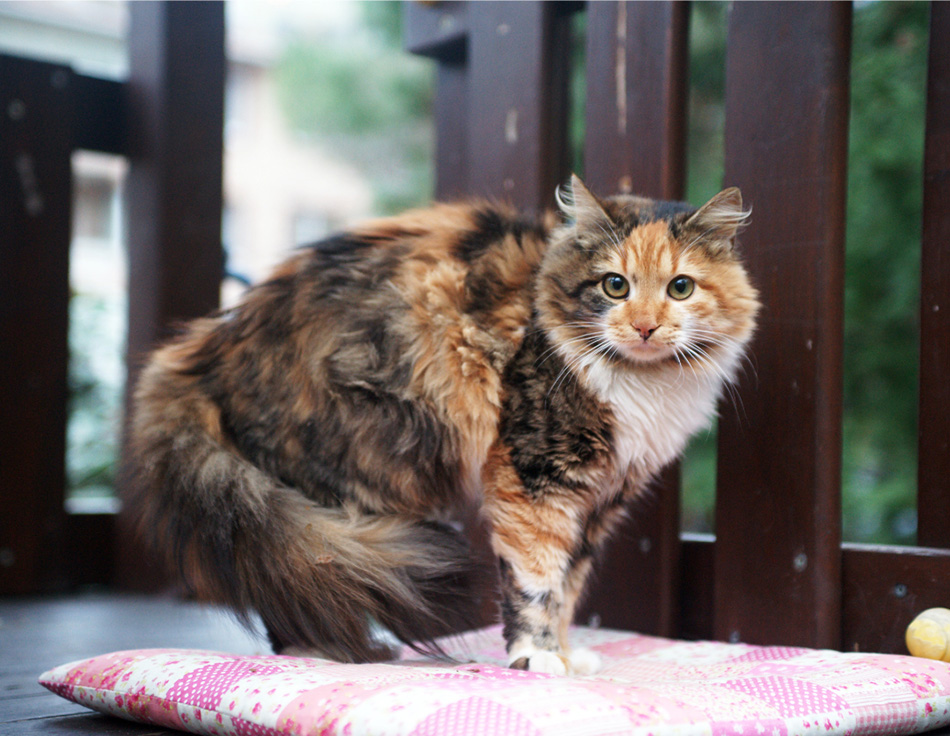A hiss or a growl is very clear, but did you know that pets will start with very subtle body language that shows they are feeling anxious before they get verbal? These are called calming signals.
Learn to read these signs – and then you can help your pet by letting them move away, or by taking them away from what is making them uncomfortable. If they feel that they are being listened to, they may well quickly bounce back and try again – plus you are building a more trusting relationship with your pet.
Dogs
Signals from a dog who is starting to feel uncomfortable or anxious.
- Averted stare (looking away from whatever is causing anxiety). You may also notice ‘whale eye’ where you see the whites of their eyes in the corners.
- Lip licking/nose lick or excessive yawning (see the photo above, which also shows a little 'whale eye')
- Panting (when not hot or thirsty)
- Moving away, possibly trying to hide behind you
- Pinning the ears back
- Sniffing ground but also eyes are looking up to watch
- Turning their back or ignoring
- Walking slowly or in a curve away and around what is worrying them
- Trembling
- Urination
- Offering a paw, a tail wag tucked very close in to their bum, licking your face or rolling to show their belly (but quite tense, not in a relaxed ‘rub my belly’ kind of way).
- Play bow. This helps the dog to create space and gives them a second to think of their move e.g. moving away or saying hello.
Did you know? Dogs will use the play bow calming signal for both humans and dogs, and it is the most common calming signal to mis-read for play rather than avoidance.

Can you see the little dog's calming signals? A play bow to create space, whale eye and ears are pinned back to show discomfort.
Cats
Signals from a cat who is starting to feel uncomfortable or anxious.
These might be confident and friendly cats but who have reached their tolerance threshold.
- Tail lashing back and forth or the end of the tail twitching
- Jerky movements in the head or body
- Rippling fur along the back when touched.
- Ignoring you, turning their back
- Arching their back to make themselves look bigger

The cat ignore - the tail here is also probably whipping back and forth. This cat has had enough attention and needs some space.
Signals from a scared cat.
- Squinting of the eyes
- Wide eyes and pupils
- Slow and careful movements
- Yawning or licking lips (not seen as often in cats as with dogs)
- Direct eye contact or avoiding eye contact altogether
- Ears flattened
- Tension in the face leading to seeing white around eyes or whiskers sticking straight out to the side
- Blinking very slowly and then looking away
- Body pressed close to the ground, but legs are not tucked underneath.
Did you know? Cats often purr or be quite vocal in stressful situations such as at the vet clinic or when travelling in a vehicle. They may also purr when in pain or when they feel unwell to help calm themselves.

Can you see the calming signals? An arched back to make themselves look bigger, wide eyes and round pupils show that they are uncomfortable.
» DOWNLOAD this as a printable page